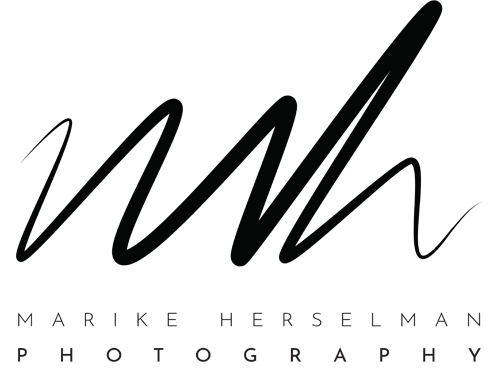The Evolution of the Corporate Portrait
Corporate portraits have come a long way from their rigid, utilitarian beginnings. Once designed solely for identification and uniformity, they’ve evolved into a powerful visual tool for branding, storytelling, and connection. As business culture and technology have progressed, so too has the way we capture the people behind the brand. This journey through time reveals how photography has adapted to reflect not just professional roles, but personality, purpose, and presence.
Early Days
In the early days, corporate portraits served primarily as a form of identification and branding. The approach was functional and formal, aimed at creating uniformity rather than showcasing individualism or company culture. These portraits were often stiff, set against plain backgrounds, and typically found on office walls or in annual reports.
With the introduction of colour photography in the 1970s and 1980s, corporate portraits began to soften slightly. They were increasingly incorporated into brochures, advertisements, and marketing materials. Despite this shift, the portraits remained conservative, reflecting the uniform and hierarchical nature of corporate culture at the time.
Digital Awakening
The arrival of digital photography marked a significant turning point in the world of corporate imagery. Photos could now be captured and edited quickly and affordably. With the dot-com boom of the 1990s, companies began to distribute images globally and establish their presence online. This new digital landscape created a greater demand for the "right" imagery—visuals that could communicate professionalism, culture, and brand identity.
In the 2000s, the corporate portrait began to evolve more dramatically. As the marketplace expanded and competition increased, businesses sought unique and memorable looks. Branding and storytelling became essential. Environmental portraits—featuring subjects in their actual workspaces—started gaining popularity, adding context and personality to traditional corporate photos.
Group portraits also moved away from stiff, formal arrangements. They became more dynamic and engaging, reflecting the growing emphasis on collaboration and approachability within corporate culture. During this time, stock photography rose in popularity, offering affordable and accessible imagery for marketing and communications.
Digital Revolution
The digital revolution that followed transformed corporate photography even further. With the rise of social media and content-driven marketing, companies required a continuous stream of images to maintain a consistent online presence. Corporate photographers adapted by providing not only headshots but also team photos, event coverage, product images, and lifestyle content.
Each social platform brought its own photographic needs—from the polished, professional portrait suited for LinkedIn to the more relaxed, behind-the-scenes style seen on Instagram. Brands began investing in creative, high-impact photography that emphasized storytelling and authenticity. As a result, many companies moved away from generic stock imagery and began showcasing their actual teams to create a more personal, relatable visual identity.
Current Trends
Today's corporate portrait trends reflect the values of a more conscious and connected world. Authenticity is prized over perfection—viewers want to see the real people behind the roles, complete with personality, warmth, and story. Inclusive and diverse imagery has become essential, with businesses ensuring their visuals represent the full spectrum of their workforce and audience. Hybrid and remote work have also shifted the way we capture professional lives, blending home offices, coworking spaces, and digital collaboration into the corporate narrative. There’s also a rising preference for sustainable, eco-conscious themes and natural settings that reflect broader environmental values. Meanwhile, dynamic headshots are replacing traditional static portraits, using movement, expression, and creative angles to stand out in a fast-paced digital landscape.
What the Future Holds
As the world continues to evolve, so too will the corporate portrait. With advancements in AI and virtual reality, we’re already seeing new frontiers in image creation and digital representation. From AI-assisted retouching to fully virtual photo sessions, technology is expanding what's possible. But while tools may change, the core purpose remains: to authentically reflect the human side of business. As we move forward, collaboration between creatives and technology will likely lead to even more personalized, interactive, and emotionally resonant visual storytelling.
Today, the corporate portrait is more than just a headshot—it’s a window into a company’s culture, values, and people. As the demand for authenticity and storytelling continues to rise, businesses are embracing photography as a strategic communication tool. The evolution of the corporate portrait mirrors the evolution of work itself: from formality to flexibility, from uniformity to individuality, and from anonymity to authenticity.




